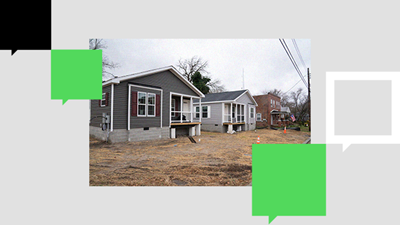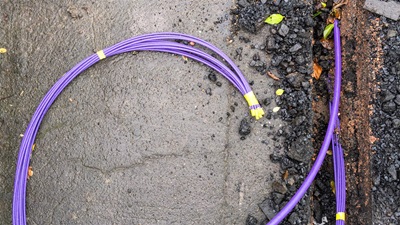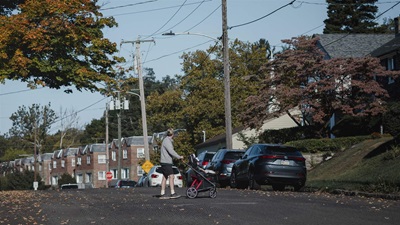Broadband Expansion Requires Federal and State Coordination
Unified approach needed to ensure quick and effective implementation of landmark BEAD program
The Broadband Equity, Access, and Deployment (BEAD) Program is a $42.5 billion federal effort to expand affordable, high-speed internet access throughout the United States by funding the planning and building of broadband infrastructure projects, as well as programs that help people get online.
The BEAD program was created as part of the Infrastructure Investment and Jobs Act of 2021. Since then, the National Telecommunications and Information Administration has approved the initial BEAD plans of all 50 states, Washington, D.C., and five U.S. territories. Now, all 56 of those regions are taking the next steps to build and improve broadband networks.
BEAD has the potential to transform broadband accessibility and bridge the digital divide for millions of Americans. The program’s success will depend on continued collaboration among federal and state agencies, internet service providers, and local communities.
The following research and analysis from The Pew Charitable Trusts’ broadband access initiative outlines changes to federal broadband policy and highlights the progress states have made in bridging the digital divide.
















